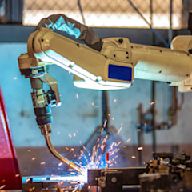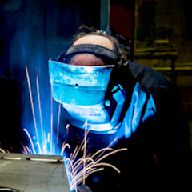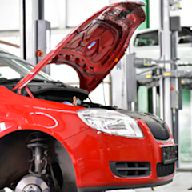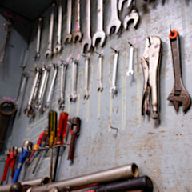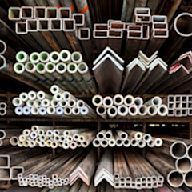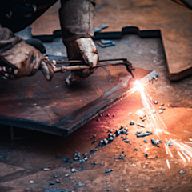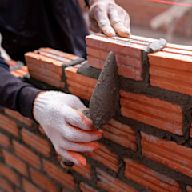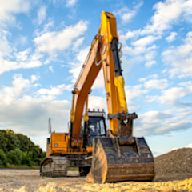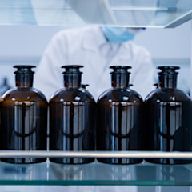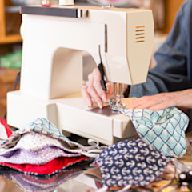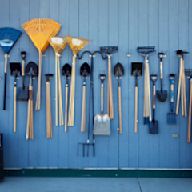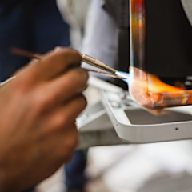Search results
The meaning of MACHINE is a mechanically, electrically, or electronically operated device for performing a task. How to use machine in a sentence.
- Overview
- Machine components in an automobile
- Constrained motion
machine, device, having a unique purpose, that augments or replaces human or animal effort for the accomplishment of physical tasks. This broad category encompasses such simple devices as the inclined plane, lever, wedge, wheel and axle, pulley, and screw (the so-called simple machines) as well as such complex mechanical systems as the modern automobile.
The operation of a machine may involve the transformation of chemical, thermal, electrical, or nuclear energy into mechanical energy, or vice versa, or its function may simply be to modify and transmit forces and motions. All machines have an input, an output, and a transforming or modifying and transmitting device.
Machines that receive their input energy from a natural source, such as air currents, moving water, coal, petroleum, or uranium, and transform it into mechanical energy are known as prime movers. Windmills, waterwheels, turbines, steam engines, and internal-combustion engines are prime movers. In these machines the inputs vary; the outputs are usually rotating shafts capable of being used as inputs to other machines, such as electric generators, hydraulic pumps, or air compressors. All three of the latter devices may be classified as generators; their outputs of electrical, hydraulic, and pneumatic energy can be used as inputs to electric, hydraulic, or air motors. These motors can be used to drive machines with a variety of outputs, such as materials processing, packaging, or conveying machinery, or such appliances as sewing machines and washing machines. All machines of the latter type and all others that are neither prime movers, generators, nor motors may be classified as operators. This category also includes manually operated instruments of all kinds, such as calculating machines and typewriters.
In some cases, machines in all categories are combined in one unit. In a diesel-electric locomotive, for example, the diesel engine is the prime mover, which drives the electric generator, which, in turn, supplies electric current to the motors that drive the wheels.
Britannica Quiz
Machinery and Manufacturing
As part of an introduction to machine components, some examples supplied by an automobile are of value. In an automobile, the basic problem is harnessing the explosive effect of gasoline to provide power to rotate the rear wheels. The explosion of the gasoline in the cylinders pushes the pistons down, and the transmission and modification of this translatory (linear) motion to rotary motion of the crankshaft is effected by the connecting rods that join each piston to the cranks that are part of the crankshaft. The piston, cylinder, crank, and connecting rod combination is known as a slider-crank mechanism; it is a commonly used method of converting translation to rotation (as in an engine) or rotation to translation (as in a pump).
To admit the gasoline–air mixture to the cylinders and exhaust the burned gases, valves are used; these are opened and closed by the wedging action of cams (projections) on a rotating camshaft that is driven from the crankshaft by gears or a chain.
Are you a student? Get Britannica Premium for only 24.95 - a 67% discount!
Learn More
In a four-stroke-cycle engine with eight cylinders, the crankshaft receives an impulse at some point along its length every quarter revolution. To smooth out the effect of these intermittent impulses on the speed of the crankshaft, a flywheel is used. This is a heavy wheel, attached to the crankshaft, that by its inertia opposes and moderates any speed fluctuations.
Since the torque (turning force) that it delivers depends on its speed, an internal-combustion engine cannot be started under load. To enable an automobile engine to be started in an unloaded state and then connected to the wheels without stalling, a clutch and a transmission are necessary. The former makes and breaks the connection between the crankshaft and the transmission, while the latter changes, in finite steps, the ratio between the input and output speeds and torques of the transmission. In low gear, the output speed is low and the output torque higher than the engine torque, so that the car can be started moving; in high gear, the car is moving at a substantial speed and the torques and speeds are equal.
The most distinctive characteristic of a machine is that the parts are interconnected and guided in such a way that their motions relative to one another are constrained. Relative to the block, for example, the piston of a reciprocating engine is constrained by the cylinder to move on a straight path; points on the crankshaft are constrained by the main bearings to move on circular paths; no other forms of relative motion are possible.
On some machines the parts are only partially constrained. If the parts are interconnected by springs or friction members, the paths of the parts relative to one another may be fixed, but the motions of the parts may be affected by the stiffness of the springs, friction, and the masses of the parts.
- The Editors of Encyclopaedia Britannica
Machine definition: an apparatus consisting of interrelated parts with separate functions, used in the performance of some kind of work. See examples of MACHINE used in a sentence.
- 51 sec
A machine is a physical system that uses power to apply forces and control movement to perform an action. The term is commonly applied to artificial devices, such as those employing engines or motors, but also to natural biological macromolecules, such as molecular machines.
a piece of equipment with several moving parts that uses power to do a particular type of work: The different sizes of eggs are sorted by a machine. If I'm not home when you call, leave a message on the machine (= answering machine). Don't forget to put the towels in the machine (= washing machine) before you go out.
machine. noun. /məˈʃiːn/ Idioms. (often in compounds) a piece of equipment with many parts that work together to do a particular task. The power used to work a machine may be electricity, steam, gas, etc. or human power. Machines have replaced human labour in many industries. to operate/run a machine. How does this machine work?
People also ask
What is machine noun?
How does a machine work?
What does a machine do?
What is a simple machine?
6 days ago · A machine is a piece of equipment which uses electricity or an engine in order to do a particular kind of work.

